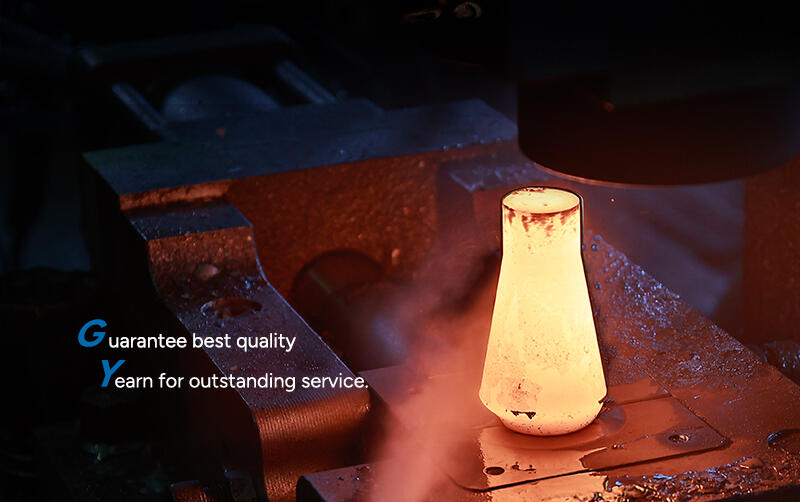The Comprehensive Guide to Forging Factories
Introduction
Forging is a critical manufacturing process that involves shaping metal using localized compressive forces. Forging factories are pivotal in producing high-strength, durable components for various industries, including automotive, aerospace, oil and gas, and construction. This article will explore the different types of forging processes, their benefits, and their applications, highlighting why forging remains indispensable in today's industrial landscape.
Types of Forging Processes
Hot Forging:
- Process: Involves heating metals to very high temperatures (up to 1150°C for steel, 360°C to 520°C for aluminum alloys), making them more malleable.
- Advantages: The increased temperature reduces the yield strength and improves ductility, allowing for more significant deformation of the metal, resulting in a refined grain structure and enhanced mechanical properties. This makes hot forging suitable for producing parts that require high strength and durability, such as automotive components and heavy machinery parts.
Cold Forging:
- Process: Performed at or near room temperature.
- Advantages: Results in a work-hardened metal with superior surface finish and dimensional accuracy. Cold forging is ideal for producing parts that require minimal machining and high strength, such as fasteners and small precision components. The process also offers higher production rates and material utilization, making it cost-effective for high-volume manufacturing.
Warm Forging:
- Process: Conducted at temperatures between cold and hot forging.
- Advantages: Combines the benefits of both processes, providing good dimensional control and mechanical properties. Warm forging is suitable for materials that are challenging to forge at room temperature but do not require the high temperatures of hot forging. It offers a balance between material formability and strength, making it ideal for producing complex shapes and components with tight tolerances.
Common Forging Methods
Drop Forging:
- Process: Involves dropping a large hammer onto the heated metal to form it into the shape of a die. The two most used methods are open-die forging and closed-die forging.
- Advantages: Produces parts with a continuous grain flow, increased strength, and improved fatigue resistance. Drop forging is commonly used for manufacturing tools, automotive components, and heavy machinery parts.
Press Forging:
- Process: A press applies a slower, continuous force to shape the metal.
- Advantages: Offers greater accuracy and capacity, making it suitable for large parts. Press forging can be automated, reducing labor costs and improving efficiency. It is widely used in the aerospace, automotive, and industrial equipment industries.
Roll Forging:
- Process: Involves passing heated metal through two cylindrical rolls to reduce its cross-sectional area and increase its length.
- Advantages: Generates less material waste and provides a favorable grain structure. Roll forging is ideal for producing long parts like axles, bars, and rails used in transportation and construction industries.
Advantages of Forging
- Enhanced Strength: Forged components exhibit superior mechanical properties, such as increased tensile strength, toughness, and fatigue resistance. This is due to the refinement of the metal's grain structure during the forging process.
- Material Efficiency: The forging process minimizes material waste compared to other manufacturing methods. This efficiency reduces costs and conserves resources, making
Applications of Forged Components
- Automotive Industry: Forged components such as crankshafts, connecting rods, and gears are vital in automotive manufacturing due to their high strength and durability.
- Aerospace Industry: Critical aerospace components like landing gear, turbine blades, and structural parts rely on forging for their ability to withstand extreme conditions.
- Oil and Gas Industry: Forged parts are used in high-pressure and high-temperature environments, including valves, flanges, and fittings.
- Construction Industry: Heavy machinery and structural components benefit from the strength and durability provided by forging.
Conclusion
Forging factories are integral to modern manufacturing, providing high-strength, durable components essential for various industries. Understanding the different types of forging processes and their advantages highlights the importance of forging in producing reliable and efficient parts. As industries continue to demand high-performance materials, the role of forging factories will remain crucial in meeting these needs.
By focusing on these critical aspects, forging factories ensure the production of components that meet the highest standards of strength, durability, and reliability, solidifying their place at the heart of modern manufacturing.


